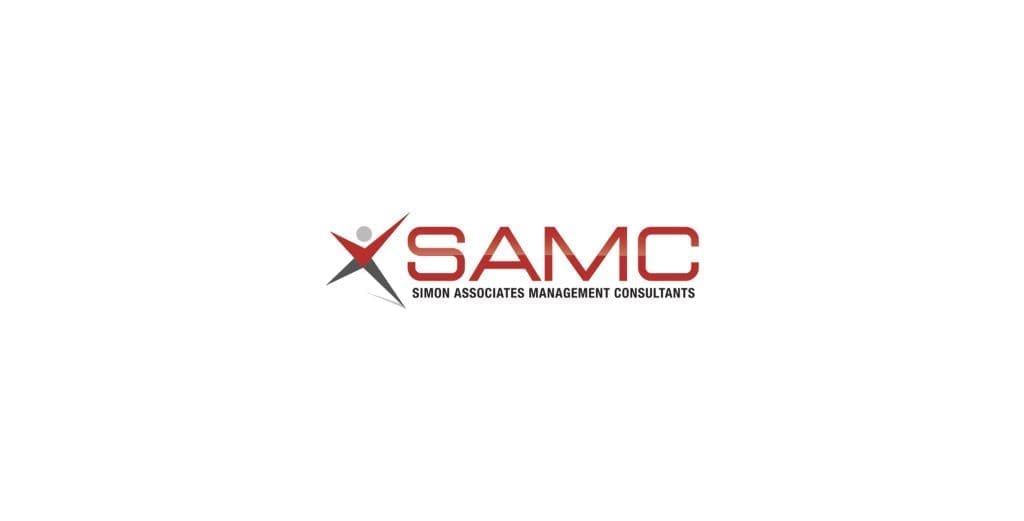 I have always been excited about reading Malcolm Gladwell’s books because they provide bits of information that generally confirm how I think, or how others think. It is a great opportunity to reflect on others’ way of doing things.
I have always been excited about reading Malcolm Gladwell’s books because they provide bits of information that generally confirm how I think, or how others think. It is a great opportunity to reflect on others’ way of doing things.
Malcolm Gladwell, Blue Ocean Strategy® thought leader, featured at HubSpot inbound marketing conference
As background, at Simon Associates Management Consultants (SAMC), a business change consulting firm, we have become certified HubSpot practitioners. HubSpot, an amazingly innovative online marketing company, provides a platform to maximize inbound marketing techniques. So when I decided to sign up for the conference HubSpot INBOUND 2014, I was pretty excited to learn that Malcolm Gladwell was a keynote speaker.
Before writing this blog, I went back to the program to see the title of the keynote. There was none. No title! Just keynote speaker, Malcolm Gladwell, and some reference to his past books about how to adapt to changing business environments. That being said (or written), I am going to suggest some titles he could have used for his talk, like: “Finding Blue Oceans,” “Common Entrepreneurial Traits” or even, “The Characteristics of Those Who Make a Difference.”
SAMC: Blue Ocean experts at helping companies change
Moving forward, I need to state that I have a bias to these types of talks. At SAMC, my wife Andi (Founder and President) and myself (Partner) are both Blue Ocean Strategists as well as Innovation Games® facilitators, specializing in helping businesses deal with change, often radical change.
To create new markets (the core of Blue Ocean Strategy), organizations must embrace change
And, probably, I should make the distinction between incremental and radical business change. Let me give you an example of incremental change and then two examples of radical change…those Blue Oceans that I believe Mr. Gladwell was speaking about.
In my old consumer packaged goods days, my boss once said to me that great marketing people have the ability to take things apart and put them back together in different ways. That’s probably still true today. But I submit that that was, or is, incremental change, not really creating Blue Oceans but creating new marketing. Never did we try to make competition irrelevant. We just tried to stay at the top of the heap by better advertising, promoting and pricing.
Two examples of highly successful Blue Ocean entrepreneurial thinking
But now let’s talk about radical change for growing a business…Blue Ocean types of change. As examples, I submit two examples from Mr. Gladwell’s talk. Here are the leaders and this is what they did to create new markets.
The first was David Sarnoff with RCA. He did something that no one else had ever considered way back when. By using radio to broadcast a sports event (the 1922 Carpenter/Dempsey fight), he created a new market that generated tremendous demand and shaped the use of radios, and sales of radios, in the United States in the early 1920s.
The second person was Malcolm McLean, the father of container shipping. A North Carolina businessman who dreamed of a radical way to change the way goods and materials are moved around the world, Mr. McLean put his money where his mouth was in order to create an entirely new industry: container shipping.
Two very different fields and two very successful, innovative new Blue Oceans. And besides liking the stories (because Gladwell is a great storyteller), what was also important to me was the identification of common traits or characteristics of those who build Blue Oceans.
Pioneering Blue Ocean entrepreneurs often have certain traits in common
Gladwell stressed that these two brilliant businessmen, Sarnoff and McLean, shared these particular commonalities:
- Courage. They saw the world the way they saw the world. People might not have liked or agreed with their view but that did not stop them. When everyone believes the world is flat, it takes courage to tell them that it is not so.
- Reframing the problem. At SAMC, we lead an exercise during our Innovation Games® sessions called “Reverse Everything.” It is all about throwing out or ignoring the way the world views something. That opens up new possibilities—and that is exactly what Sarnoff and McLean did.
- A sense of urgency. They saw a problem, a major business opportunity, and they took advantage of it. Not tomorrow but TODAY.
At SAMC, we help clients see things in new ways using Blue Ocean Strategic Thinking
Being Blue Ocean Strategists, we work with organizations that need to change in order to thrive in today’s changing times. We help them open up new markets, seize new business opportunities and understand that innovation is truly the key to success in the current business environment.
If this resonates with you, email us at info@simonassociates.net for more information, or download our white paper on Blue Ocean Strategy.
Note: There is an interesting post-script to this article, from ML Ball, copy editor and part of the Simon Associates team:
“My parents knew Malcolm McLean well, in North Carolina in the 1960s. I remember them remarking how in 1969, Reynolds Tobacco Co. bought Sea-Land for $530 million, of which Malcolm personally took home $160 million.
“Years earlier, Malcolm’s ‘advisors’ tried to talk him out of borrowing $500 million to buy two post-WWII tankers to expand McLean Industries; they worried that if the venture went south, McLean would be out a pile of money. Malcolm’s reply: ‘Hell boys, if doesn’t work, I’ll only be out $120’ (the price of his original pickup truck in 1934, with which he started McLean Trucking, which became McLean Industries, which became Sea-Land).”



